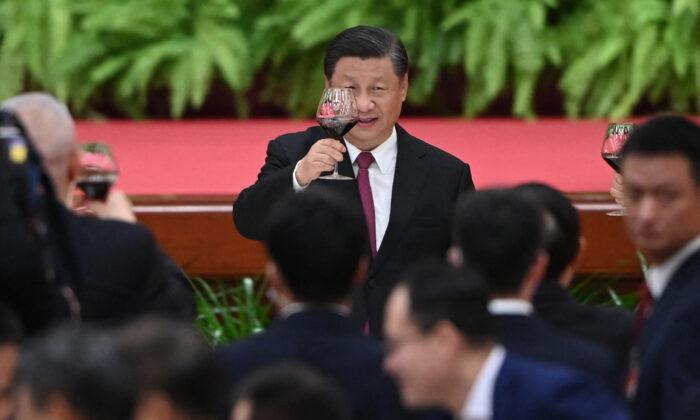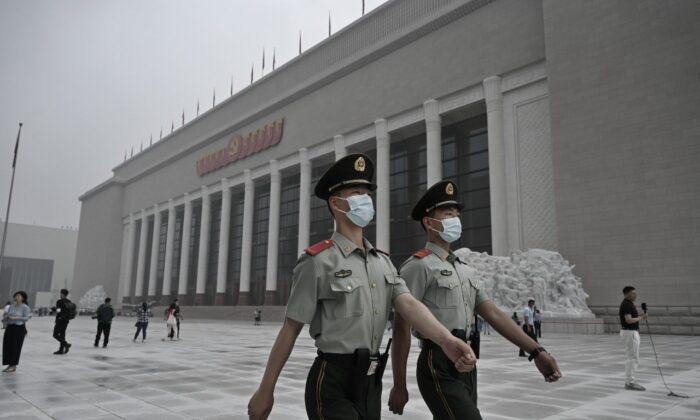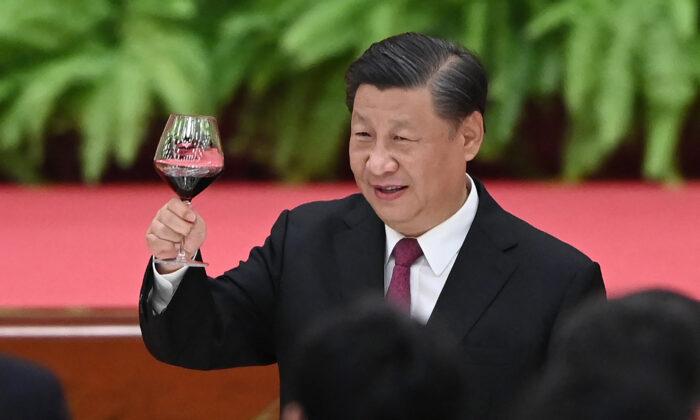Recent years have seen the steady increase of China’s military budget—estimates put the 2014 figure at $131 billion, compared with just $38 billion in 2003—but that doesn’t necessarily mean that the People’s Liberation Army (PLA) is ready to liberate anyone.
Among a host of organizational and technical hangups the PLA faces, inadequate training, reinforced by a culture of cheating and corruption, threatens to seriously limit its ability as a fighting force.
Multiple reports from Chinese media reveal rigged training drills and exercises. Both men and officers were responsible.
According to a July 2014 report by Hong Kong’s Apple Daily, 319 PLA officers had recently been disciplined for helping troops falsify their training.
No Man Left Behind
On April 24, China’s state-run China Central Television (CCTV) reported that an officer supervising the PLA’s 42th Armored Brigade during an exercise in southern China had discovered soldiers breaking the rules of the drill.
During the exercise, soldiers had smoke canisters attached to their helmets that would go off if they were “hit.” Tired of losing multiple rounds, personnel on one team removed the canisters and sensors to become “immortal soldiers.”
In another recent incident, reported by the state-run People’s Daily, motorized infantry of the 40th Army Group cheated on a long-range march by removing a portion of their equipment.
During a 3,000-meter run, troops of the same army group were helped along by their superiors, who situated soldiers of exceptional strength at various points along the route. These soldiers would help drag weaklings toward the finish line to ensure that everyone completed the course, Apple Daily reported. The officers responsible were punished.
In December 2013, a 400-meter obstacle course featuring low-hung barbed wire for troops to crawl under was found to have the barbed wire replaced with rubber bands, the state-run Huanqiu Net reported. To make night exercises easier, they would be held at dusk, or on nights when the full moon was out.
‘Improving’ the Armored Forces
A PLA publication reported in October 2013 that during an exercise involving tank troops of the 47th Army Group, infantry would spray the ground with water to prevent dust from rising into the air. The aim was to improve the tanks’ cannon accuracy in shooting tests. Additionally, targets and locations were clearly marked in advance so as to make missing nearly impossible.
That December, the PLA reported that an armored brigade in the Guangzhou Military Region of southern China had received outstanding results on a 5,000-meter all-terrain march. Their trick was to cut the route short by hundreds of meters.
Wasting Fuel for Victory
Hu Zhiming, a technician at New York-based New Tang Dynasty Television, used to serve in the PLA air force. In a 2013 interview, he described how supervisors took bribes to increase a “victory probability” statistic during aerial combat simulations. It was common to tamper with radar and electronic warfare equipment to give one pilot or another the edge in combat drills, Hu said. Officers were complicit in the cheating and did not inform higher authorities—and in fact, in some cases were goaded by their superiors to fabricate the numbers.
During actual flight training, Hu described how pilots would purposely leak part of their fuel in midair so as to create the illusion of having flown longer than they did in reality.
“They just waste resources,” Hu said.
The Chinese navy has its share of bad apples as well. In December 2013, China’s Oriental Daily reported that three captains were removed from command of their vessels after it was discovered that they had engaged in fraud during exercises. During a submarine drill held in the South China Sea, submarine commanders reportedly benefited from “manual” navigation, while commanders of surface warships tampered with radar equipment to make a fleet playing the role of opposing forces more detectable.



